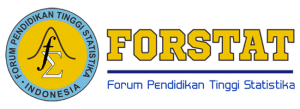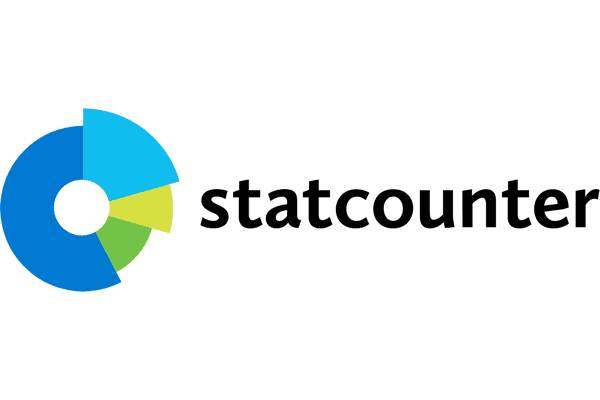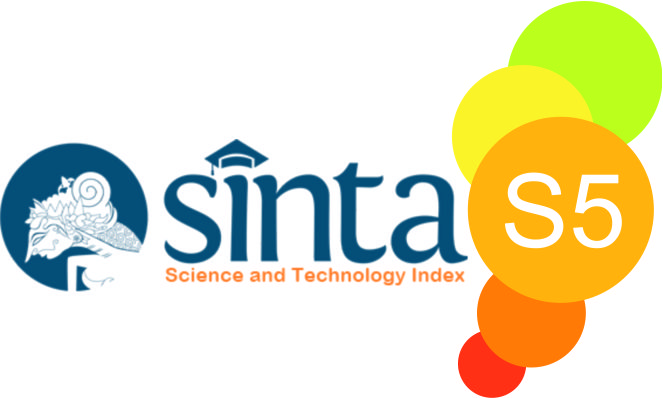Dual Reciprocity Boundary Element Method untuk Menyelesaikan Masalah Infiltrasi Stasioner pada Saluran Datar Periodik
(1) Institut Agama Islam Negeri Palopo
(*) Corresponding Author
DOI: https://doi.org/10.35580/jmathcos.v4i1.20447
Abstract
Abstrak. Penelitian ini membahas tentang penyelesaian masalah infiltrasi stasioner dari saluran datar dengan Dual Reciprocity Boundary Element Method (DRBEM). Persamaan pembangun untuk masalah ini adalah persamaan Richard. Menggunakan transformasi Kirchhoff dan relasi eksponensial konduktifitas hidrolik, persamaan Richard ditransformasi ke dalam persamaan infiltrasi stasioner dalam Matric Flux Potential (MFP). Persamaan infiltrasi dalam MFP selanjutnya diubah ke dalam persamaan Helmholtz termodifikasi. Model matematika infiltrasi stasioner pada saluran datar berbentuk Masalah Syarat batas Helmholtz termodifikasi Solusi numerik diperoleh dengan menyelesaikan persamaan Helmholtz termodifikasi menggunakan Dual Reciprocity Boundary Element Method (DRBEM) dengan pengambilan jumlah titik kolokasi eksterior dan interior yang bervariasi. Lebih lanjut, solusi numerik dan solusi analitik dibandingkan..
Kata Kunci: Infiltrasi, saluran datar, persamaan helmholtz termodifikasi, DRBEM.
Abstract. This research discusses about the problem solving of steady infiltration problem from flat channel with Dual Reciprocity Boundary Element Method (DRBEM). The governing equation for this problem is Richard’s equation. Using Kirchhoff transformation and exponential hydraulic conductivity relation, Richard’s equation is transformed into steady infiltration equation in the form of MFP. Infiltration equation in the form of MFP is then transformed to modified Helmholtz equation. A mathematical model of steady infiltration from flat channel in the form of boundary condition problem of modified Helmholtz EQUATION. Numerical solution is obtained by solving modified Helmholtz equation by using Dual Reciprocity Boundary Element Method (DRBEM) with various number of exterior and interior collocation points. Moreover, numerical and analytic solution are then compared.
Keywords: infiltration, flat channel, modified Helmholtz equation, DRBEM
Full Text:
PDFReferences
Ang, W. T. (2007). A Beginner Course in Boundary Element Methods. Florida: Universal Publisher.
Asdak, C. (2007). Hidrologi dan Pengelolaan Daerah Aliran Sungai. Yogyakarta: Gadjah Mada University Press.
Batu, V. (1978). Steady Ilfiltration from Single and Periodik Strip Source. Soil Science Society of American Journal, 42, 554-549. Gardner, W. R.
(1958). Some Steady State Solutions of the Unsaturated Moisture Flow Equation with Application to Evaporation from a Water Table. Soil Science, 85, 228-232.
Hillel, D. (2004). Introduction to Environmental Soil Physics. San Diego: Universal Elsevier Science.
Katsikadelis, J. T. (2002). Bounday Element: Theory and Applications. Oxford: Elsevier Science.
Lobo, M. (2008). Boundary Element Methods for the Solution of A Class of Infiltration Problems. Doctor Dissertation, Adelaide University, Faculty of Engineering, Computer and Mathematical Science, Adelaide.
Azis, M.I., Clement, D.L, Lobo, M. (2003). A Boundary element Method for Steady infiltration from periodic Channel. ANZIAM Journal, 44, 61-78.
Megasari. (2017). Dual Reciprocity Boundary Element Method untuk Menyelesaikan Masalah Infiltrasi dari Saluran Datar dan Perbandingannya dengan Solusi Analitik. Master Tesis, Universitas Gadjah Mada, Yogyakarta.
Pozrikidis, C. (2002). A Practical Guide to Boundary Element Methods with The Software Library BEMLIB. Florida: Chapman and Hall/CRR.
Solekhudin, I. (2013). A Dual reciprocity Boundary Element Method for Steady Infiltration Problems. The ANZIAM Journal, 171-180.
Solekhudin, I. (2013). Dual Reciprocity Boundary Element Methods for Water Infiltration Problems in Irrigation. Doctor Dissertation, Nanyang Technological University, National Institute of Education.
Article Metrics
Abstract view : 255 times | PDF view : 16 timesRefbacks
- There are currently no refbacks.
Copyright (c) 2021 JMathCos (Journal of Mathematics, Computations, and Statistics)

This work is licensed under a Creative Commons Attribution-NonCommercial-ShareAlike 4.0 International License.
Indexed by:

This work is licensed under a Creative Commons Attribution-NonCommercial-ShareAlike 4.0 International License.











